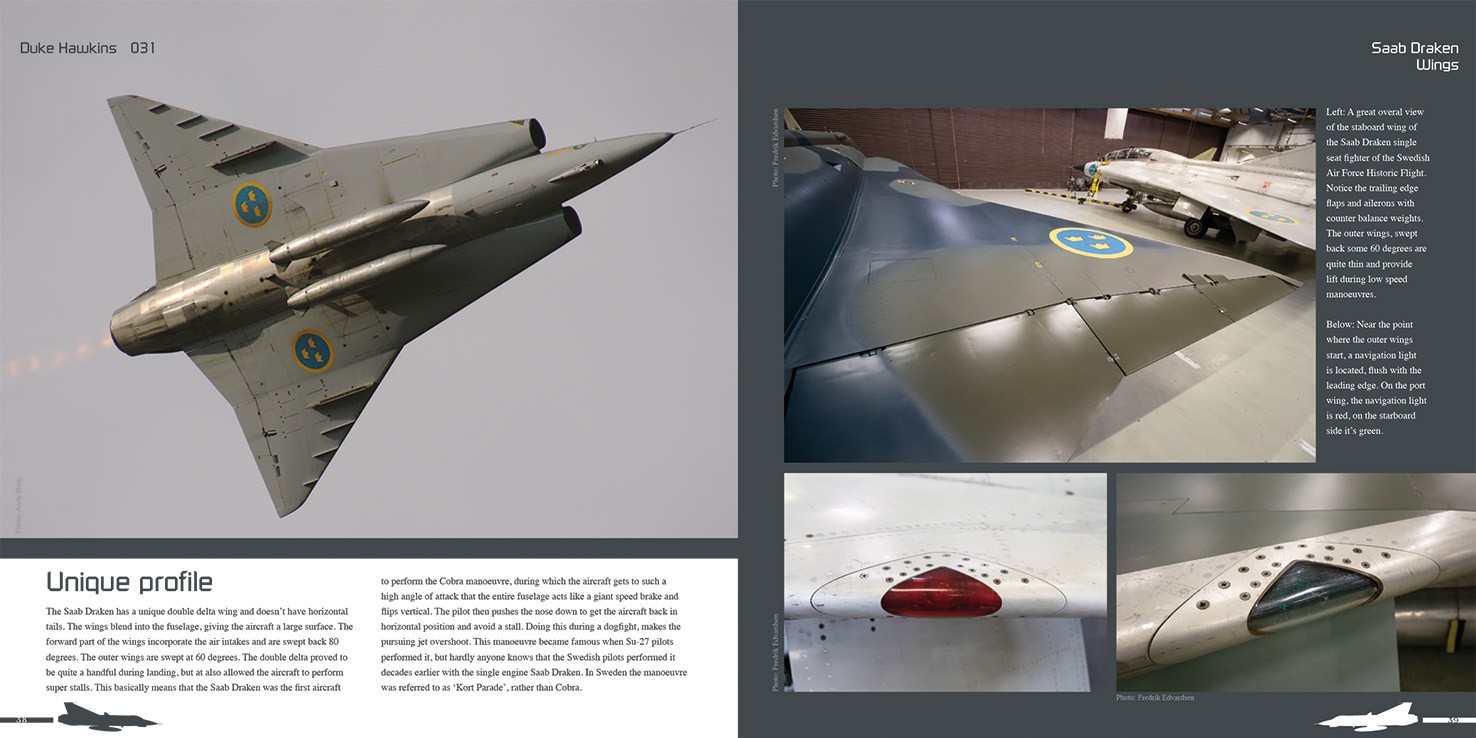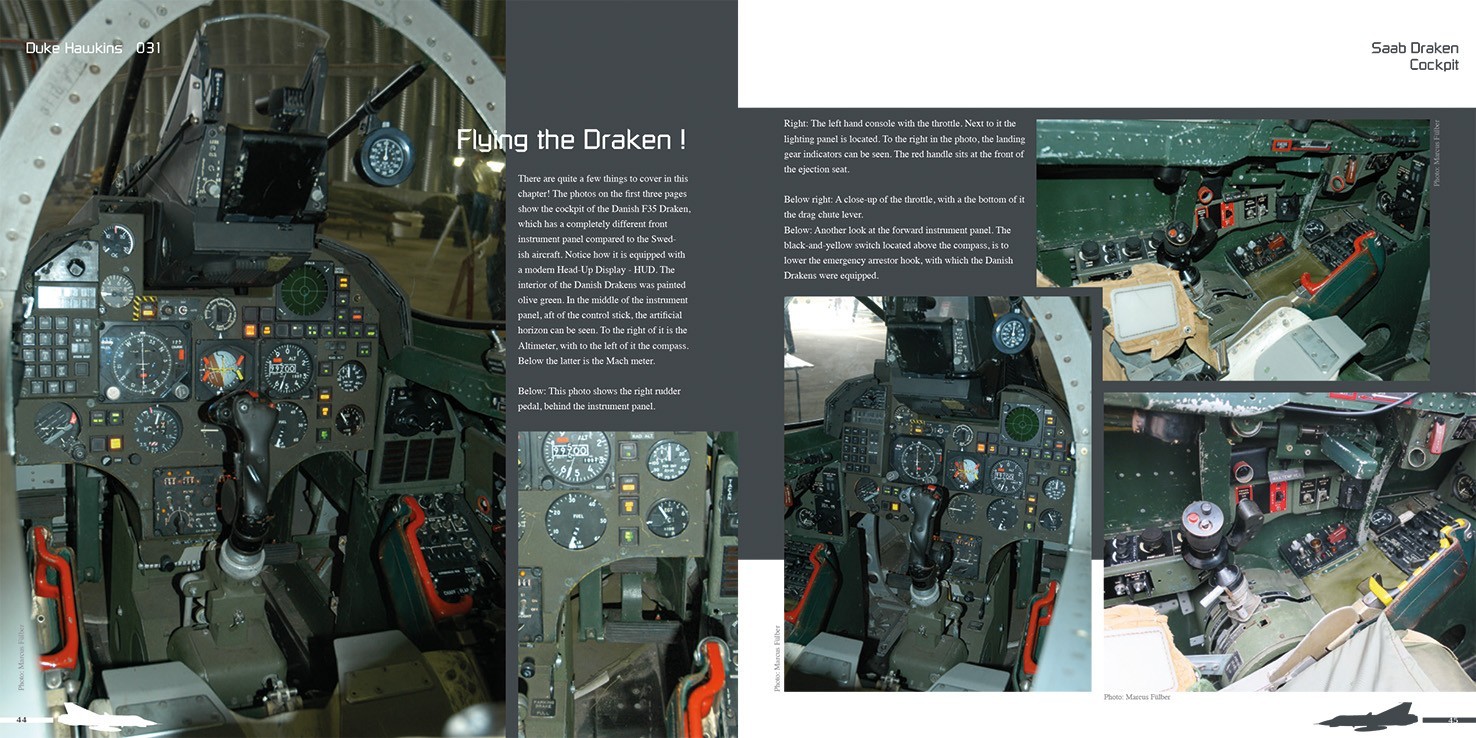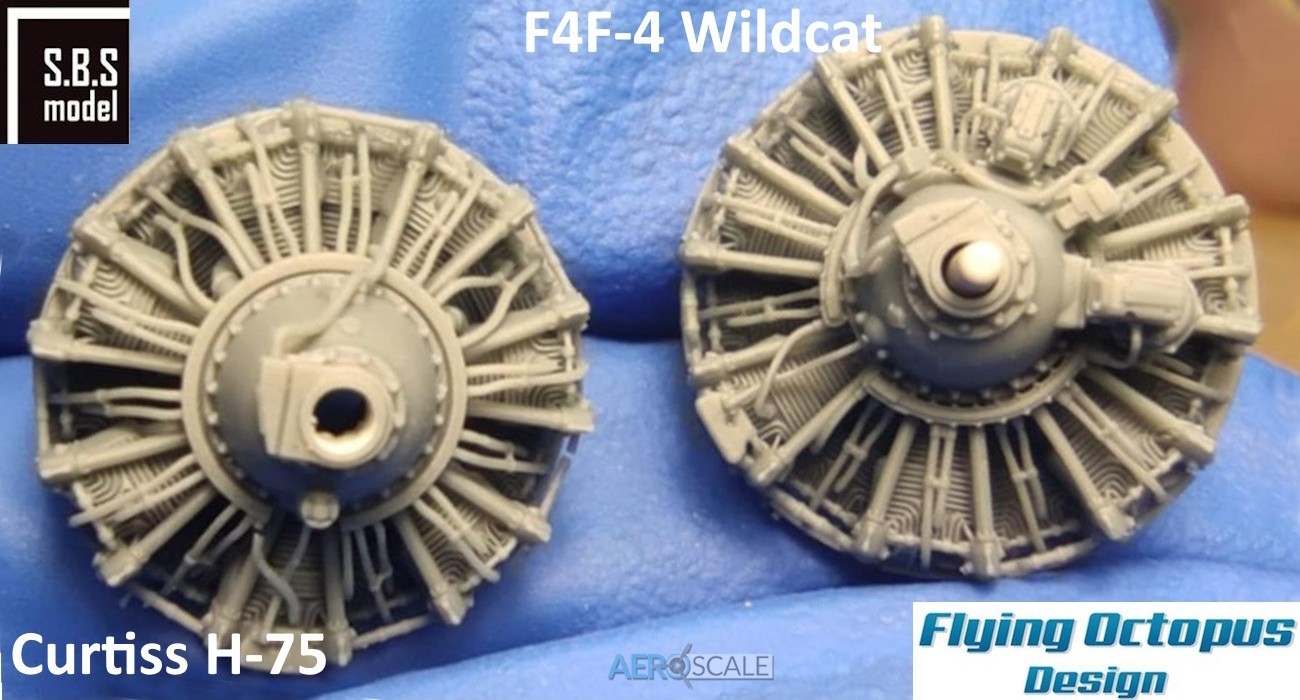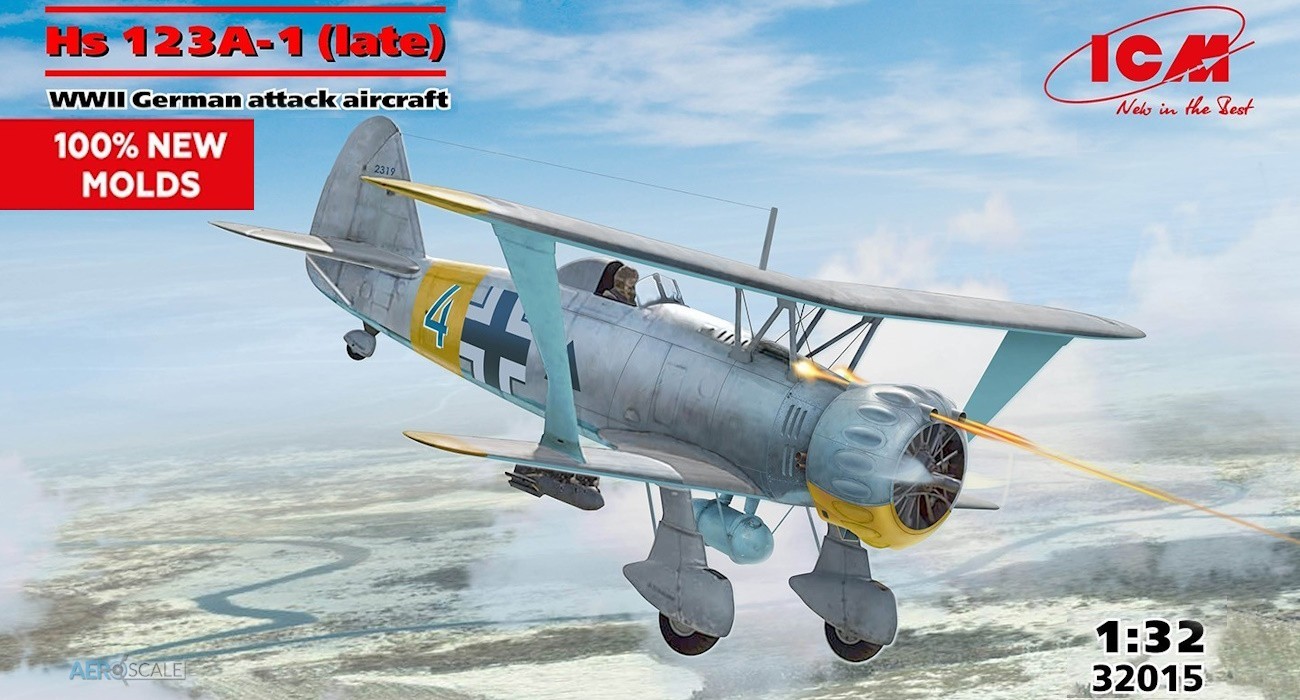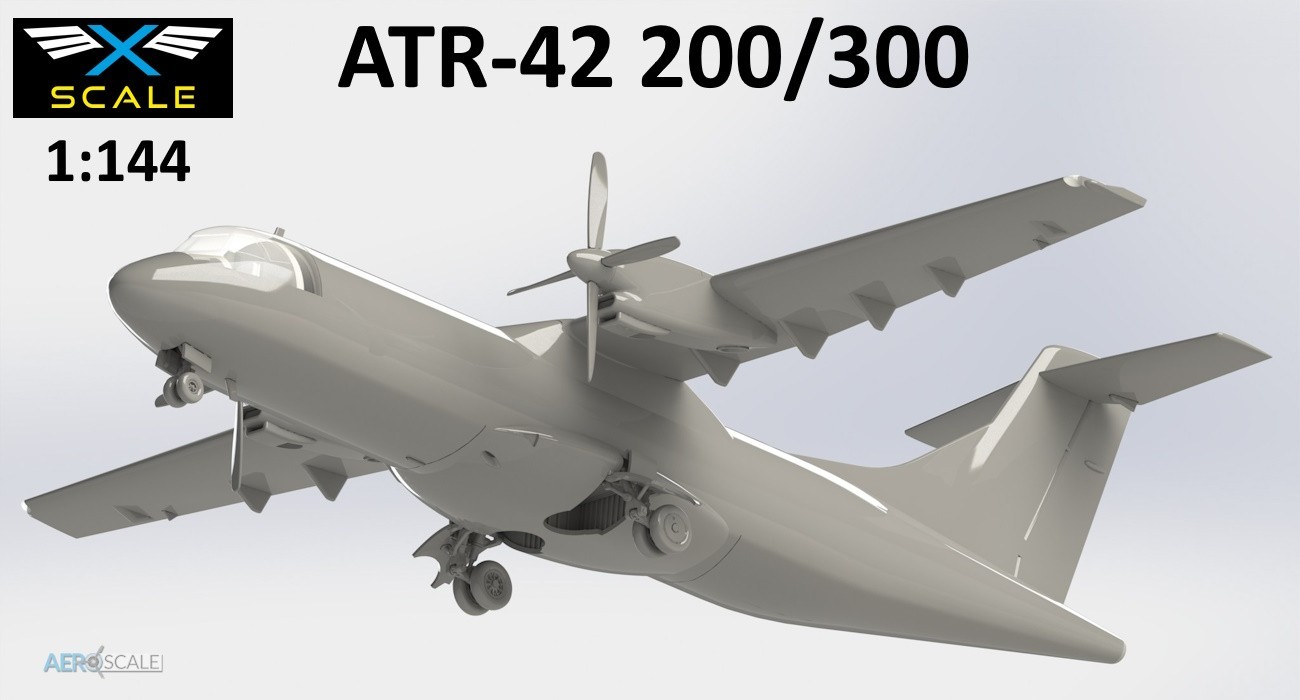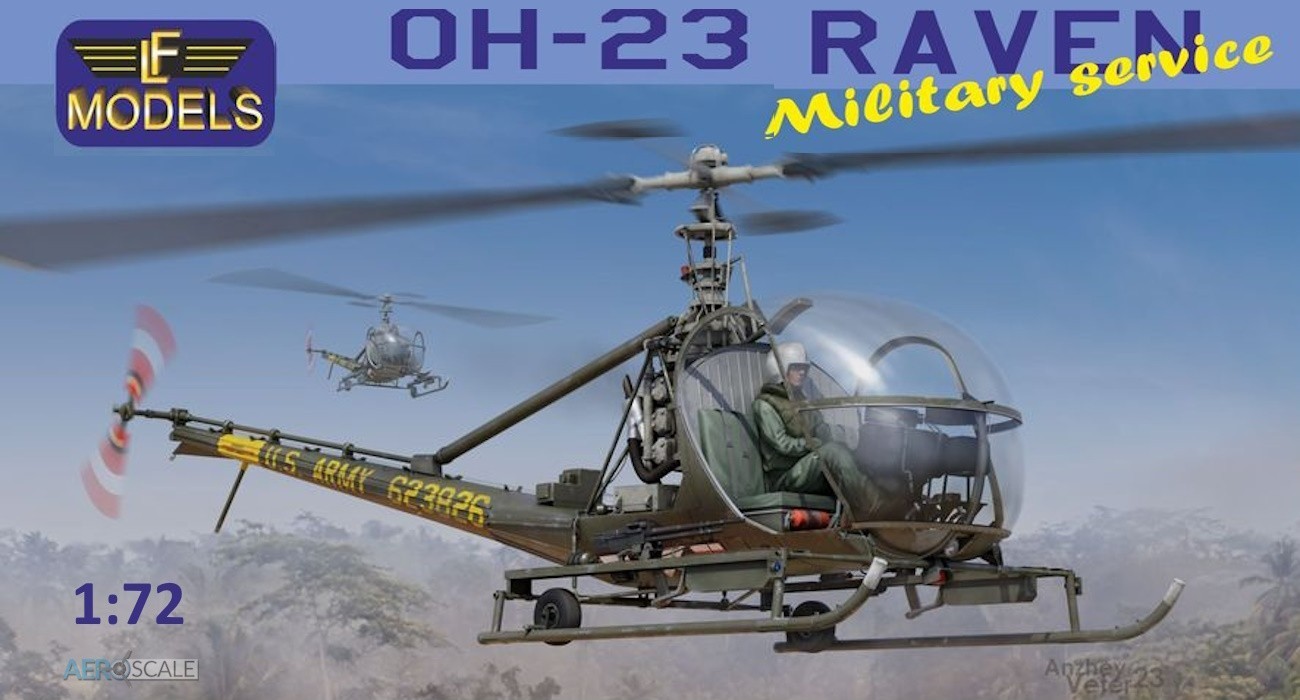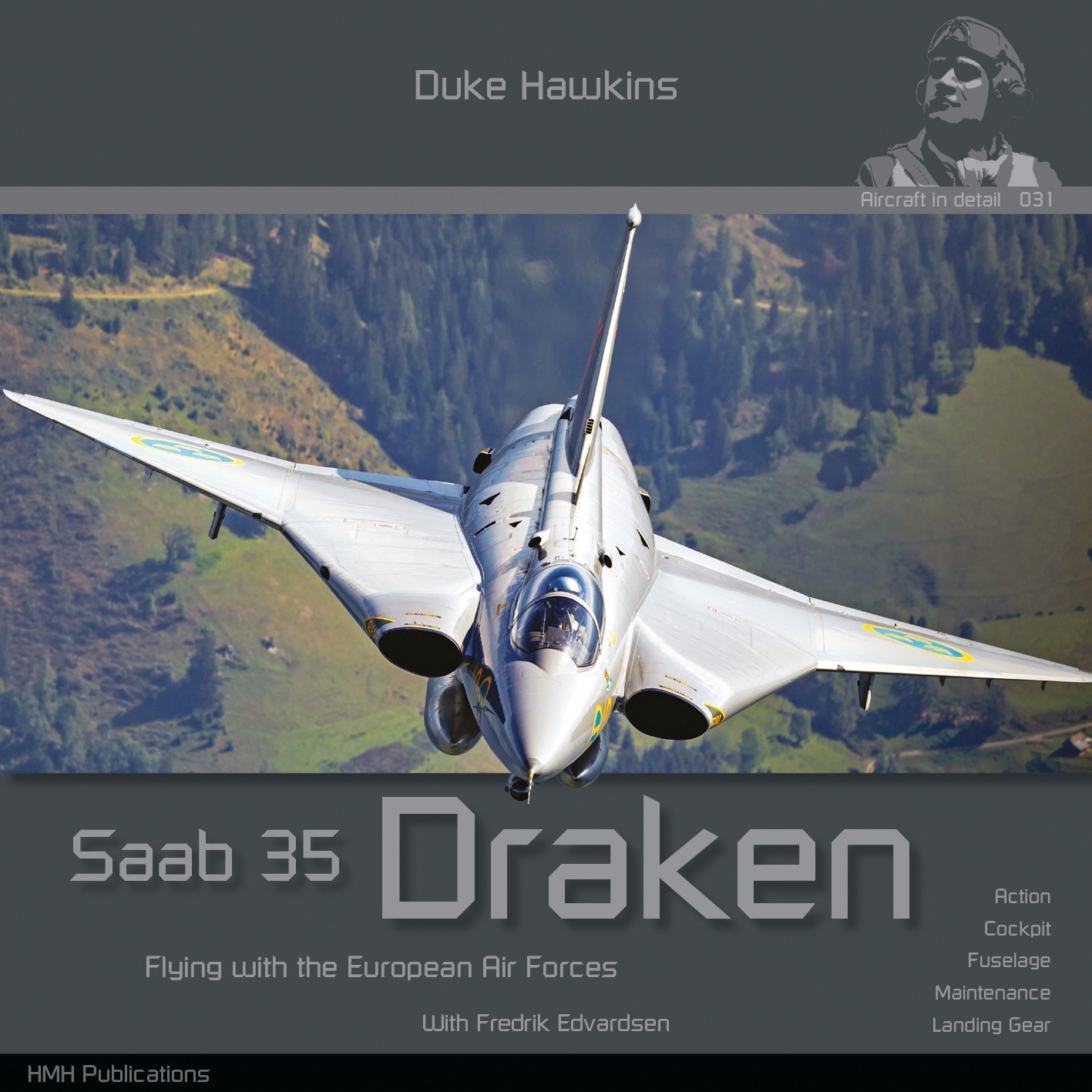
Introduction
I review a LOT of books.
It's about all I do review on Kitmaker.com these days after publishing over 250 reviews of all things to do with models through the last decade. And I purchase a lot of books for the builds I do. A self-admitted rivet-counter, I want to make sure I have the best resources before undertaking an expensive kit and investing in after-market upgrades. So I think I can safely say that the Duke Hawkins series of books from HMH Publications are the finest, most-helpful modeling resource on the market.
Mic drop.
To start with, the books are simply gorgeous: in an era when many publishers have gone to cheap paper and muddy photographic reproduction, the Duke Hawkins books are almost works of art in their own right. That's because the paper is heavy bond, the photos pop from the page with brilliant color and detail, and the layouts are pleasing to the eye. Finally, the level of detail is EXACTLY what most modelers are looking for-- clear, close-up photos for scratch-building hydraulics, cockpits and little bits and bobs that many other books overlook. If you're one of those modelers who tries to download walk-arounds and other resources free off the Internet, you owe it to yourself to get a Duke Hawkins title for your next deep dive. They aren't cheap, but they're definitely worth it.
The new Saab 35 Draken: Flying with the European Air Forces is no exception.
The Contents
Like the other Duke Hawkins titles, this book is divided into a nose-to-tail layout of the air frame, beginning with an overview of the concept. The Draken (Swedish for "dragon") was conceived just four years following the end of the Second World War. Sweden needed a fighter interceptor that could fly in all weather (you need that when you're located where Sweden is), land on public roads (!!), and could be turned around in just ten minutes. It took Saab 15 years to finish the design and initial production, but the results were so good that Denmark, Finland and Austria bought the plane. It was the first European-made jet to reach Mach 2, and although intended to intercept Soviet bombers, its double delta-wing design made it a respectable dogfighter. The last Draken was retired by Austria in 2005.
The next section covers the variants produced, including their different engines, configuration and hard points. Gorgeous color photos illustrate several of the versions, so that modelers will have many options for building and finishing their aircraft.
The first "in detail" section is 12 pages devoted to the Forward Fuselage. With modern, aerodynamic jets one might ask "what's to see," but a Hughes N71 Infrared Search and Track Sensor is prominently featured in one of the many photos. Other photos show subtle detailing like the flush rivets surrounding an underbody antenna. And while the Draken is primarily a Swedish jet, the Austrians did a super job of tarting some of their planes up in the national colors of red and white, which the book makes sure to highlight.
Next comes the first part of the Fuselage section, and starts off with focusing on the 51 Danish Drakens. Again, the detailing is exceptional, with call-outs for things like the periscope installed for the two-seat trainer version. This short introduction is followed by four pages devoted to the Air Intakes. The Draken was ahead of its time in the design of the intakes, which form a crucial aspect of the plane's geometry. Then follows 10 additional pages devoted to the detail and skin of the fuselage.
The six pages focusing on the Wings with wonderful detail of the various components (panels, levers, covers, even the contrasting metallic colors for the wing tanks). Then comes the single most-important part of any aircraft: the Cockpit, laid out in 16 pages and the second-longest section of the book. The Swedish and Danish cockpits are completely different, including their colors (you'll have to order a copy to find out which country employed which color scheme internally). Key to the aircraft is the Saab-designed ejection seat: rather than design the aircraft around a preexisting seat, the company developed one unique to the Draken. Unlike some detail references, the book doesn't ignore the two-seater version's individual cockpit.
As beautiful as the Draken is in flight (and the book has ample excellent action photos of the aircraft soaring), it has to come back to earth, which leads to the section Front Landing Gear. My only quibble with the book is a lack of a complete look at the nose wheel well: there is enough information to satisfy most detailers, but I would have preferred one complete shot. Nevertheless, the focus on the mechanics and hydraulics should bring any build to another level. The following section Main Landing Gear has plenty of detailed photos of the gear, the mechanical parts and the hydraulics.
An interesting detail about the Draken is its employment of retractable Tail Gear instead of a skid as on many jets of this period. In order to prevent stalling, pilots are taught to come in hot and at a higher angle of attack, so the tail wheel prevents banging the rear fuselage on the runway. The wheel bay is arched, so modelers will want to get their hands on these photos.
Naturally, a jet intended to land on Sweden's road network includes a Brake Chute mounted above the afterburner intended to supplement the four Speed Brakes at the rear fuselage (which have their own section). There are specific markings for the brakes, and again, modelers would do well to add this book to their references when building a Draken.
With so much wing and a powerful engine to contend with, it's not surprising the Draken has a massive Vertical Tail. It's more than just a big fin, and has some crucial detailing that any dedicated modeler will want to know about.
The Aft Fuselage section, again, has ample detailing that makes this book essential for any build. The Danish used their Drakens as fighter-bombers, so their aircraft were heavier than their Swedish cousins, requiring a more-massive landing gear and even an arrestor hook as if serving on an aircraft carrier. The Exhaust section provides extensive detailing for the burner can and internal engine components visible through it.
Part of what makes Duke Hawkins books fascinating are the additional details provided, and this volume is no exception: eight pages of Maintenance photos showing the aircraft disassembled and providing a close-up of the power plants and avionics. This is followed by four pages of Pylons and Ordnance.
The book closes with 18 pages of the Draken in Action, and should offer ever the fussiest modeler a wealth of options, including the gorgeous Österreich livery in red, white and graphics commemorating the country's 1,000th anniversary under that name.
The Review
Sweden, despite being a relatively small country, has produced several iconic jet aircraft, including the Saab Viggen and Draken. The aerodynamic design choices are unique and quite distinctive, resulting in jet aircraft that were both highly-effective and visually arresting. It's no wonder modelers have taken to the two aircraft in a variety of scales. The Draken also has been embraced by air forces outside of Sweden, most notably the Danes, Finns and the Austrians. The Viggen, while spectacular, was too expensive, either to replace the Drakens entirely, or find foreign buyers. The Draken on the other hand, has had a storied career in several air forces. This book lives up to that success, and should be at the top of your book-buying list.
Conclusion
This review copy was provided by HMH Publications through their American distributor, Casemate Publishers, but I have bought other Duke Hawkins titles. They are expensive, but as you can see from the photos provided, the books are simply the best value for money out there when it comes to modeling research. If I had not been provided a copy for this review, I would definitely have purchased one. I urge you to do the same.
Thanks to HMH Publications and Casemate Publishers for providing this review copy. Please be sure to mention you saw it reviewed on Aeroscale when purchasing your copy.


